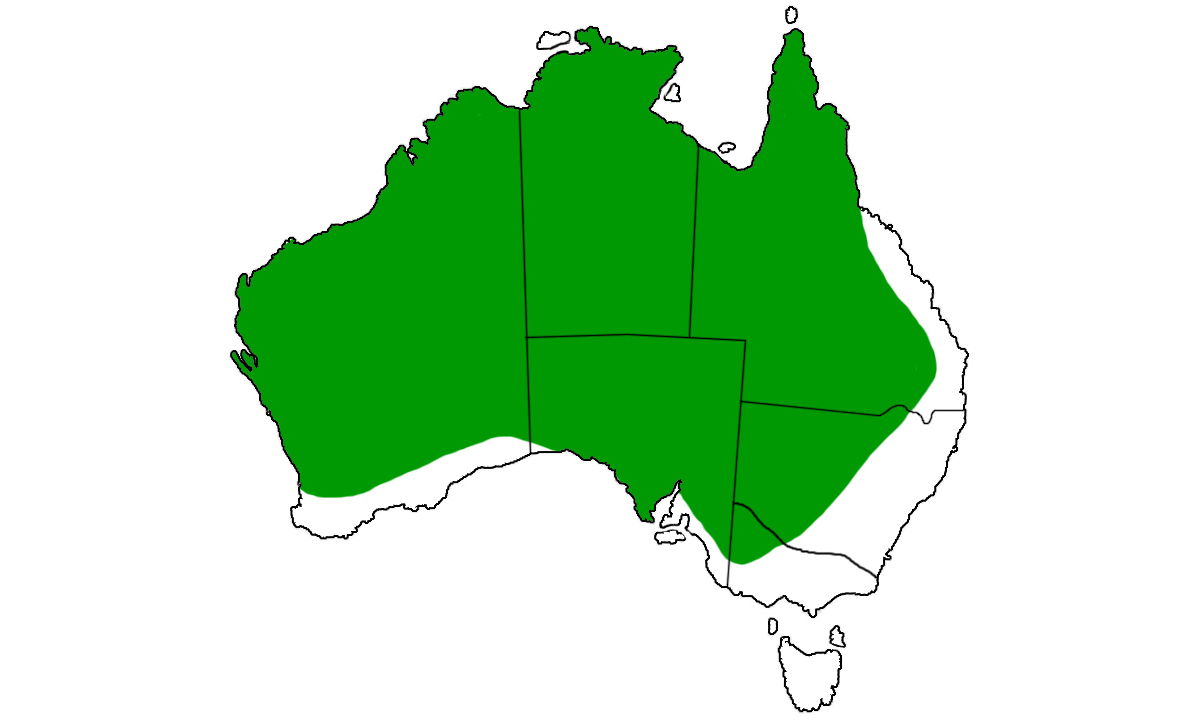Eastern Brown Snake
/
Pseudonaja textilis or Eastern Brown Snake
This is a large, diurnal (active during the day), dangerously venomous snake. We often get carried away with the potency of a snake's venom, but the distribution and temperament of the animal is also an issue. In the last decade the Eastern Brown Snake has become the cause of most snakebite deaths in Australia. This is not because these animals are more aggressive - quite the contrary. When an Eastern Brown Snake is confronted it will lunge at the aggressor out of fear.
The Eastern Brown Snake increased its numbers thanks to man, due primarily to an increase in prey items. Mice and rats are a favourite food, and the increased numbers of these inhabiting rubbish left by humans provide more than enough food for these snakes. They will also happily consume lizards and frogs.
The Eastern Brown Snake is perhaps the most important species of snake from a medical point of view. Textilinin is a derivative of this animal's venom. Textilinin is an inhibitor of plasmin, which is important in dissolving blood clots. Inhibiting plasmin with agents like Textilinin can be used to stop bleeding during major surgery. The Eastern Brown Snake is another snake that is often not true to its name in colour, with shades of brown, grey and black being as common as plain brown. Juveniles can be speckled with orange and are very pretty. Females are egg layers, producing up to 24 eggs.
Did you know...
- The eastern brown snake is a large, diurnal (active during the day), dangerously venomous snake.
- The eastern brown is one snake that has increased its numbers thanks to man, due primarily to an increase in prey items - rats and mice.
- The eastern brown snake is perhaps the most important species of snake from a medical point of view. Textilinin is a derivative of this animal's venom which can be used to stop bleeding during major surgery.
- The eastern brown snake is another snake that is often not true to its name in colour, with shades of brown, grey and black being as common as plain brown.
Distribution of Eastern Brown Snake in Australia:





